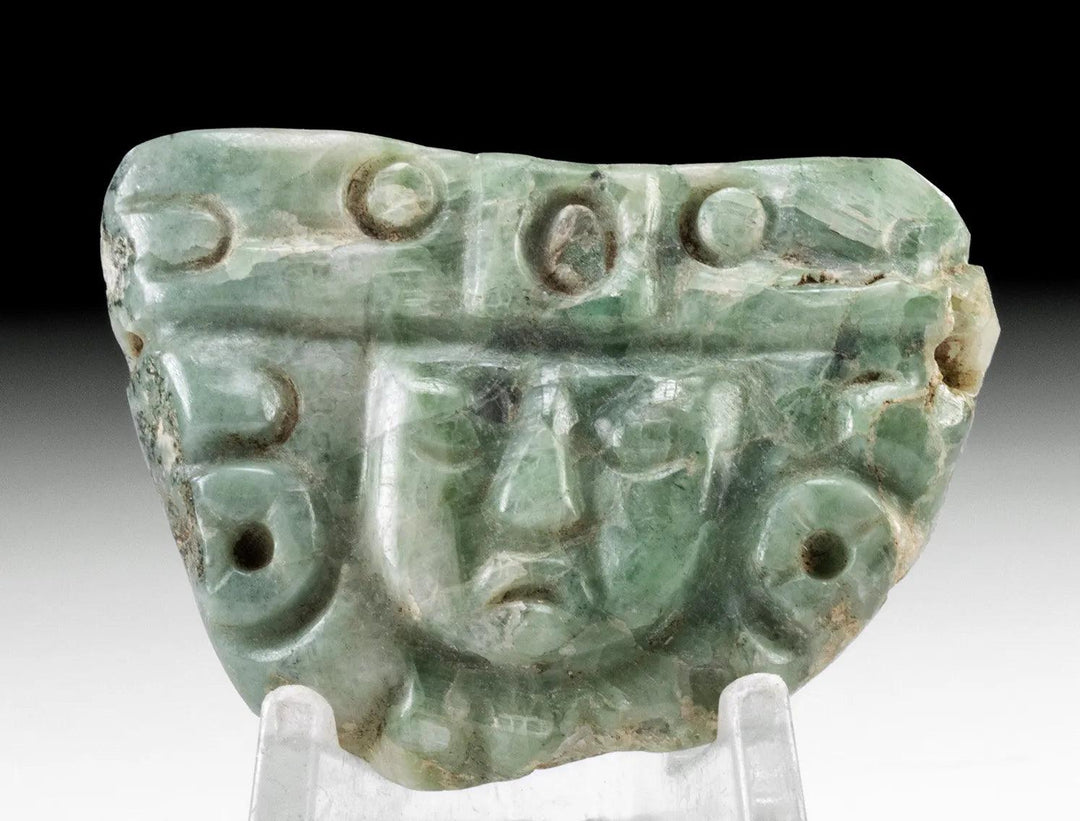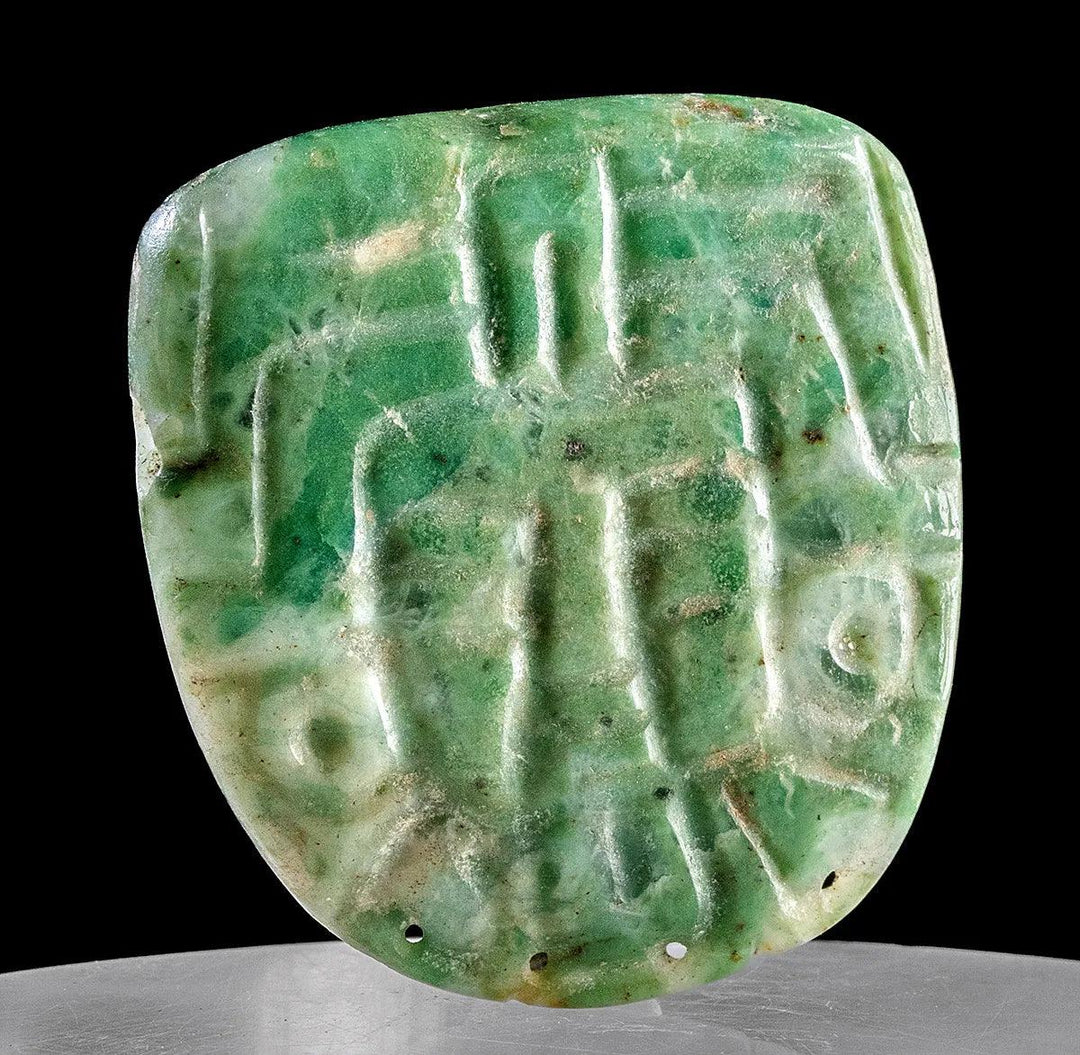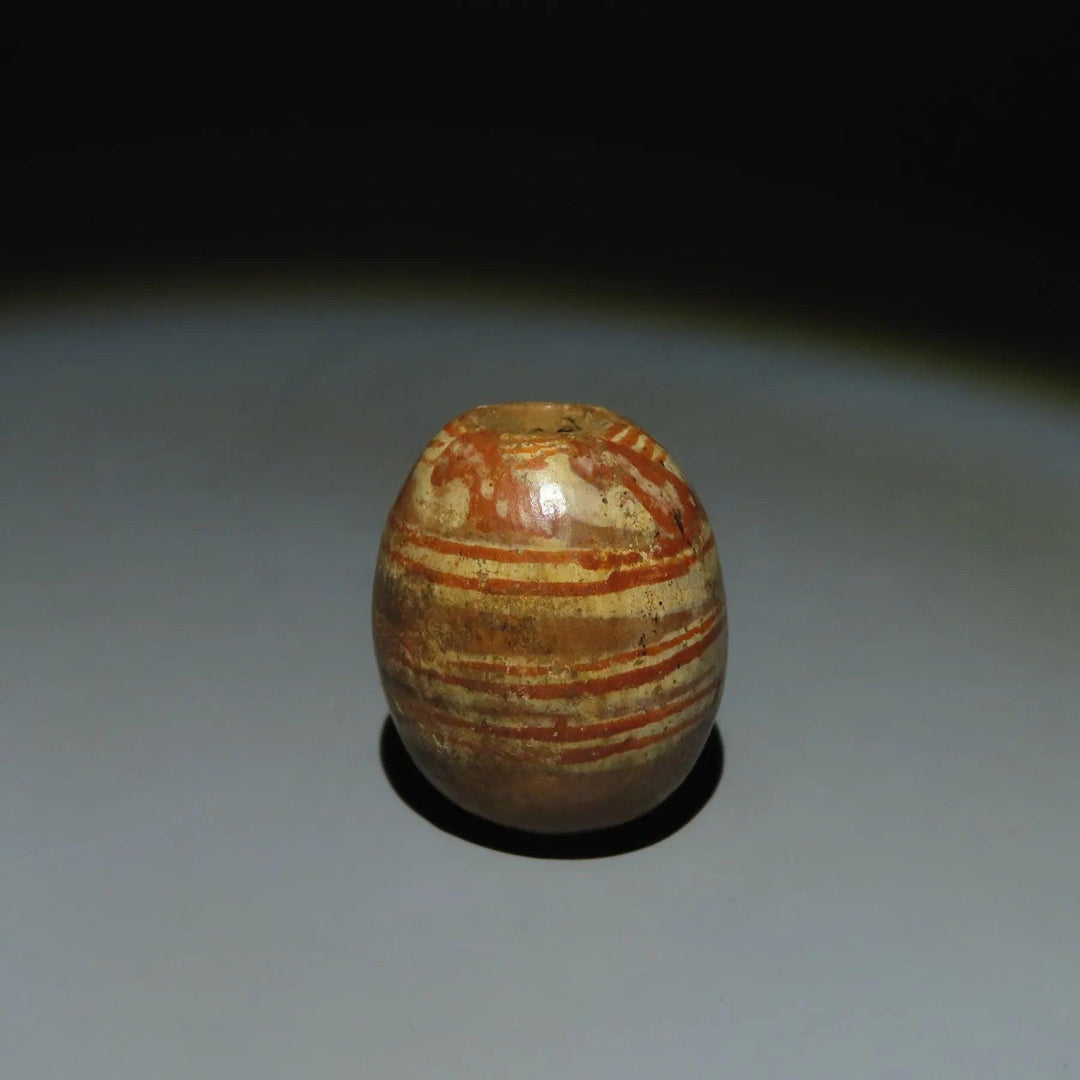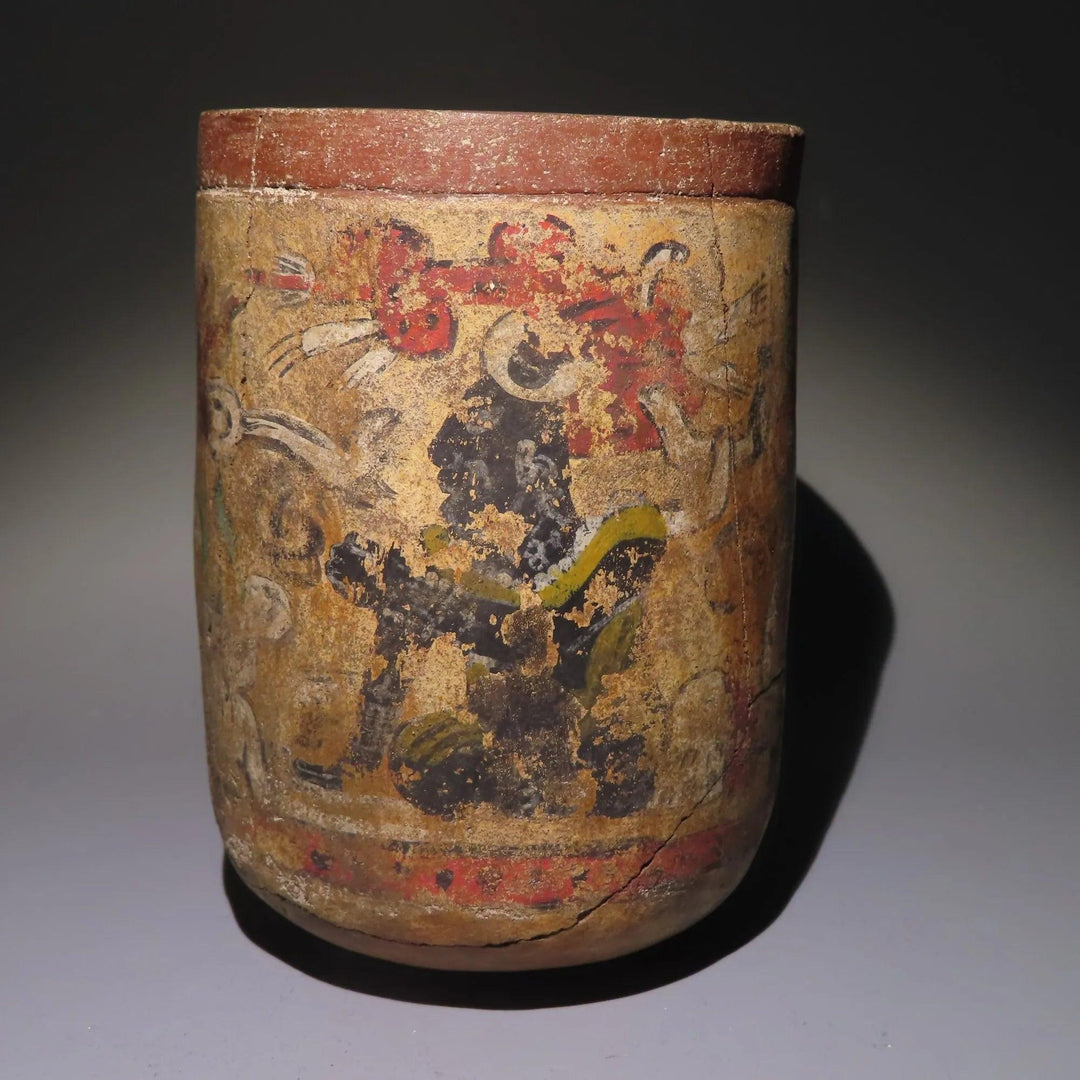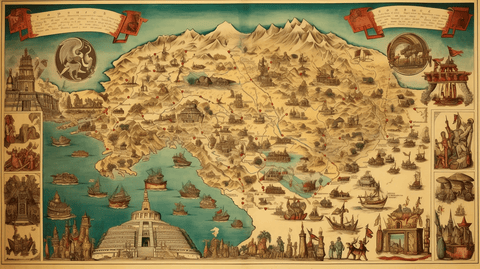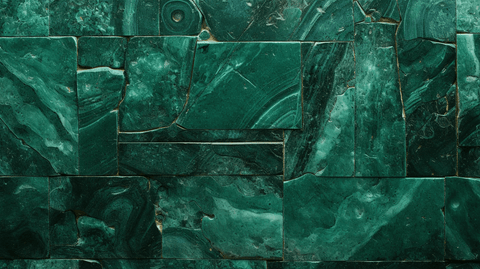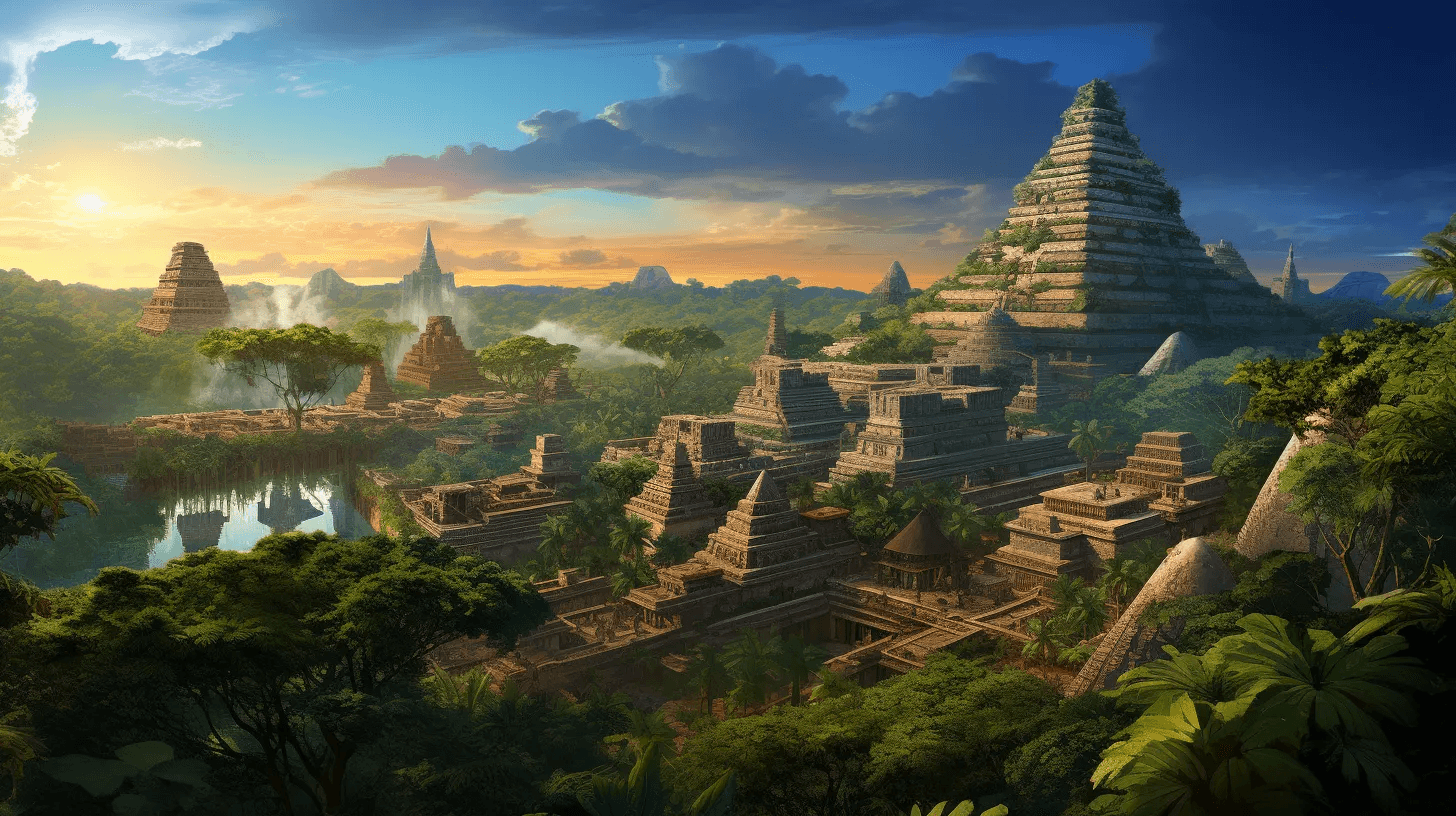
Maya Civilization: Artifacts from the Enigmatic Civilization of the Mesoamerican Rainforests (2000BCE - 1500CE)
Explore the world of the ancient Maya with our collection of genuine artifacts. Delve into a civilization known for its intricate hieroglyphs, towering pyramids, and profound understanding of astronomy and time.
The Maya Civilization - a Mesoamerican culture that thrived from around 2000 BC to the late 17th century AD. Centered in the tropical lowlands of present-day Mexico, Belize, Guatemala, Honduras, and El Salvador, the Maya developed a complex society, rich in art, science, and spirituality.
Key Highlights:
- Hieroglyphic Script: The Maya boasted one of the most sophisticated writing systems in the pre-Columbian Americas, recording history, rituals, and astronomical events.
- Architectural Marvels: From the towering pyramids of Tikal to the astronomical observatory at Copán, Maya architecture is a testament to their ingenuity and reverence for the cosmos.
- Ballgame and Rituals: The Maya played a ceremonial ballgame with religious significance, often depicted in their art and carvings.
- Calendar Systems: Their profound understanding of time led to the creation of the Tzolk'in and Haab' calendars, culminating in the famed Long Count calendar.
Regions: The Maya civilization spanned diverse territories, each with its unique contributions:
- Southern Lowlands: Home to major cities like Tikal, Calakmul, and Palenque.
- Northern Lowlands: Encompassing sites like Uxmal, Chichen Itza, and Coba.
- Highlands: Regions in modern-day Guatemala and Honduras, known for jade mining and trade.
Valued Materials: The Maya, with their intricate craftsmanship and trade networks, valued a range of materials:
- Jade: Highly prized for its beauty and used in jewelry, masks, and ceremonial objects.
- Obsidian: Employed for crafting tools, weapons, and ritual items.
- Cacao: Considered a luxury item, used in rituals and as a form of currency.
- Feathers and Shells: Utilized for decoration, ceremonial wear, and trade.
Relevant Time Periods: The history of the Maya can be divided based on significant epochs and developments:
- Preclassic (c. 2000 BC–AD 250): Early development of Maya culture, marked by the establishment of the first ceremonial centers.
- Classic (c. AD 250–900): The peak of Maya civilization, with the rise and fall of major city-states, monumental architecture, and the recording of the Long Count calendar.
- Postclassic (c. AD 900–1500s): Characterized by the decline of southern cities, the rise of the northern Yucatán, and increased external influences.
- Colonial and Post-Colonial: The period following Spanish conquest, marked by resistance, cultural fusion, and the persistence of Maya traditions.
Step into our curated collection of Maya artifacts, each echoing tales of ancient kings, priests, and the harmonious relationship between the Maya and their environment. From hieroglyphic inscriptions detailing sacred rituals to beautifully crafted jade masks, immerse yourself in the rich heritage of a civilization that continues to fascinate and inspire.




